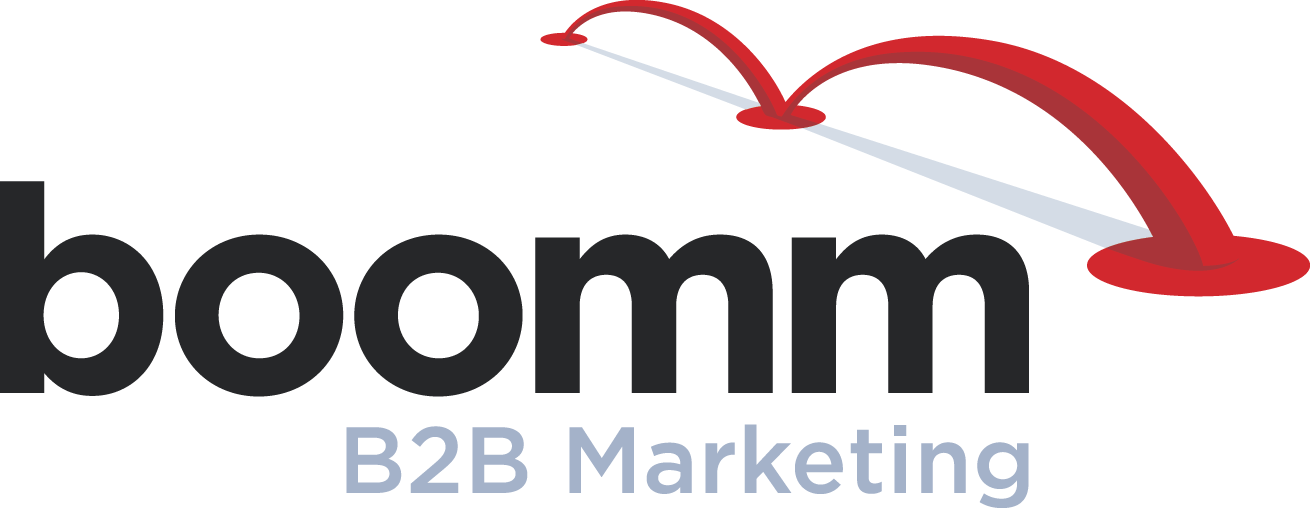More Than Just A Pretty Site: Why You Need A B2B Website Strategy
What comes to mind when you think of “web design”? For most people, it’s something to do with the visual appearance of the site. When a business designs or redesigns its website, they often spend lots of time on fonts, images, colors, and other visual design elements. The goal is to create a beautiful site with an impactful appearance and maybe some of the cool graphics that are all the rage on competitors’ sites. While visuals are important, equally vital is the strategy behind every aspect of the website. It’s not enough to just look good—you also have to have a purpose. Here’s why you need to focus your attention on
Get Back On Track With These Four SEO Fixes
The Internet is full of guides for B2B marketers who are looking to get their start with search engine optimization (SEO). But what if you’ve made a commitment to SEO already…and it just sucks? Maybe you’ve analyzed your website with a tool like Hubspot’s Website Grader or Moz Pro’s Open Site Explorer and your score was dismal. Maybe your keywords were selected some time ago and search trends have moved on since then. Or maybe you see your competitors dominating search and are wondering how to keep from getting left behind. Whatever the case, you’re looking for some SEO fixes to help your website get back on track. While a total,
4 Questions to Answer Before Updating Your B2B Website Design
Your website is outdated, slow, and glitchy. You’re ready to bring your company up to speed by creating a beautiful, functional site that will engage your customers. So all you have to do is find a digital agency and get that redesign started, right? Not so fast. If you approach your B2B website design without a clear plan and goals in mind, your new website might look shiny, but it won’t help you connect with customers or keep up with your competition. Here are 4 questions to ask yourself to help you determine what you really want out of a new website: How can your website support your marketing strategy? A website
Six Steps To Homepage Optimization
What kind of first impression does your homepage make? It should be a place that promotes your business well, attracts customers, and generates leads. Since the homepage is the gateway to the rest of your website—and your business—homepage optimization should be a key part of your marketing strategy. Here are some best practices for making your homepage the optimal entrance point for potential customers: Make your message clear. Studies show that the average visitor only spends 10 seconds on your home page before leaving if they don’t connect with your marketing messages. Craft a marketing message that’s compelling and direct, and make sure visitors to your site can grasp it
Prepare Your Site For the Coming Google Algorithm Update
Are you ready for April 21, 2015? That’s the date when Google has said it will update its search algorithm in order to improve the quality of its search results. Google updates its algorithm periodically, to keep up with search trends, device usage, and innovations in webpage designs. This Google algorithm update is specifically designed to improve the quality of mobile search by making sure mobile-optimized pages show up first in results. Why is this important for you and your company? Simply put, if your site is not optimized for mobile, the Google algorithm update will downgrade its rank. Other sites that are more mobile-friendly will show up ahead of your site in
B2B Website Best Practices Infographic
Infographed by popular demand! Our clients and blog readers are always looking for information about building smarter, results-driven digital content. Based on an earlier blog article, we're providing a quick-read infographic on B2B website best practices. We'd love to hear if you found it useful.
Build A Killer Digital Brand With These B2B Website Best Practices
Is your digital brand being informed by B2B website best practices? It’s time to assess your online presence – and redress weaknesses that may inhibit your website’s performance. Anyone who has ever been through a website build or redesign knows it isn’t easy. Depending on the size of the site, the sheer complexity of design and development steps often requires a formal project management process to see a website build-out through to successful completion. When it comes to graphical execution, what works “on paper” can often be difficult to emulate in a digital environment, particularly when working with templates or pre-determined brand standards. Consideration of customers’ data needs – especially in
How to Optimize Landing Pages for Lead Conversion
Now that you know how to get found online and create effective calls-to-action (CTAs) for your website, you need to convert prospects into sales leads. Most website visitors are not ready to buy the first time they visit your website, so it is critical to get them to provide their contact information during their initial visit to your website. If a prospect leaves your website without providing at least their email address, you lose the opportunity to nurture them until they are ready to buy. That’s why every CTA on your website should direct visitors to a landing page. Landing pages are the best way for you to capture leads on your website
B2B Website Best Practices: How to Improve User Experience and Bounce Rates
In last week’s blog post, we discussed 5 B2B website best practices that you can use to help get your company found online. Now that you are generating more website traffic for your company, you need to focus on getting that traffic to stay on your website. It depends on the industry, but most websites have a 30-60% bounce rate on average. This means that a majority of the traffic that enters your corporate website leaves without navigating to any other pages. And they may never come back! To engage visitors, you need to pay close attention to the design and usability of your company’s website. Here are some tips you can
5 B2B Website Best Practices to Help Your Company Get Found Online
Most B2B marketers today realize that their company’s website is an essential piece of their online marketing strategy. Every B2B company needs an online presence to reach buyers in the Internet age. But, a great website isn’t so great if no one visits it. That’s why your website needs to not just exist, it needs to become an inbound marketing machine that attracts visitors, educates them and convinces them to buy. To make the most of your website, you need to know how to help your company get found online. This process begins with search engine optimization (SEO), an absolute must-have for any website, but it takes hard work to reach page





